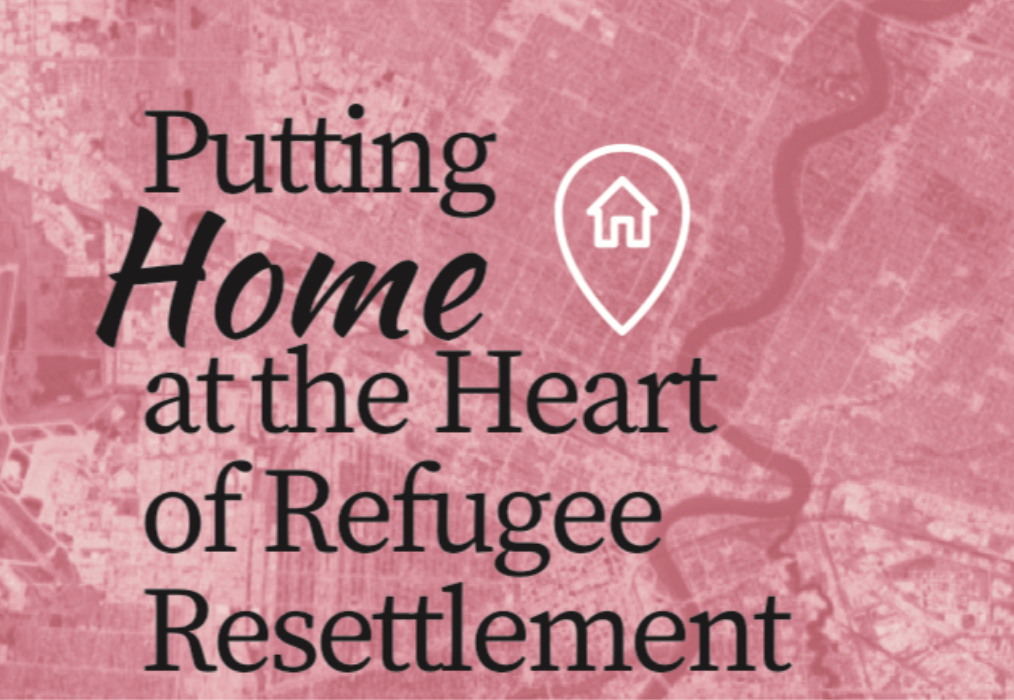Refugees resettled in Canada as part of the Government-Assisted Refugees (GARs) Program are assigned to designated communities across the country. As the dispersion of refugees across Canada continues to be a key objective of the government’s resettlement strategy, it is imperative to understand and identify the factors that may facilitate refugees’ retention in their designated community. This study asks if the retention of GARs in their designated destinations has increased since the early 2000s. And if so, to what extent can the change in the retention rate be accounted for by changes in refugees’ sociodemographic characteristics and the context of the designated destination, including factors such as the existence of resettlement service agencies, economic conditions, ethnic enclaves and cluster resettlement?
Read the complete report here>>



